Canh bóng thập cẩm (Mixed Pork Skin Soup)

Ingredients
Protein & Broth Base
-
500g chicken bones (for broth – simmered for depth of flavor)
-
100g chicken breast or thigh (sliced)
-
100g pork (lean, sliced or cubed)
-
100g fresh shrimp (peeled and deveined)
-
2 tbsp dried shrimp (tôm khô – soaked)
Vegetables
-
½ carrot (sliced or shaped)
-
1 kohlrabi (su hào – peeled and sliced)
-
50g green peas
-
100g cauliflower (white or green – cut into florets)
-
½ onion (sliced)
-
100g shiitake mushrooms (nấm hương – soaked if dried)
Garnish & Herbs
-
50g dried pork skin (bóng bì – soaked, cleaned, cut into strips)
-
1 stalk celery (cần tây – chopped)
-
3–5 sprigs cilantro (ngò rí)
-
1 stalk leek or scallion (hành boa rô – thinly sliced)
Seasoning
-
1 tbsp fish sauce
-
Salt, pepper, seasoning powder, MSG to taste
How to Choose Fresh Pork
-
Fresh pork should have a light pink to reddish color with a creamy white fat layer.
-
When touched, it should feel firm and springy, not sticky or slimy. A dry outer layer is a good sign.
-
Avoid pork that has uneven coloring, dark bruises, or a strange odor — it could be from a sick animal.
-
Do not buy pork that feels slimy or smells off, as it may be spoiled.
How to Choose Fresh Chicken
-
Choose chicken pieces that are dry to the touch and bounce back when pressed.
-
Good chicken meat has a pale yellow hue and a clean, fresh smell.
-
Avoid chicken with a grayish-white or pale color, which may indicate chemical treatment.
-
Stay away from soft, mushy meat or pieces with an unpleasant odor.
How to Choose Fresh Shrimp
-
Fresh shrimp should have translucent shells and a slight briny smell, not a strong fishy odor.
-
Choose shrimp with firmly attached heads and legs — this means they’re fresh and free of additives.
-
Tightly closed tails are a sign of natural freshness. Spread tails may indicate chemical injection or water pumping.
-
Avoid shrimp with blackened legs or legs that have detached from the body — these are signs of spoilage.
Nutritional Information
For: Omnivores
Calories per serving: ~180–220 kcal (per medium bowl ~250–300ml)
Key Nutrients
1. Lean Protein (18–22g)
- Source: Chicken + pork + shrimp + dried shrimp
- Benefits: Provides high-quality amino acids for muscle repair and immune function.
2. Collagen & Gelatin
- Source: Pork skin puff (bóng bì) + chicken bones
- Benefits: Supports skin elasticity, joint health, and gut lining integrity.
3. Fiber (3–4g)
- Source: Carrot + kohlrabi + cauliflower + peas + mushrooms
- Benefits: Aids digestion, promotes satiety, and supports blood sugar control.
4. Antioxidants & Phytochemicals
- Beta-carotene (carrot): Boosts vision and immune function
- Glucosinolates (cauliflower): May reduce inflammation and support detoxification
- Polysaccharides (shiitake mushrooms): Immune-modulating effects
5. Essential Minerals
- Calcium & Phosphorus (chicken bones): Support bone health
- Iron & Zinc (shrimp + pork): Important for blood production and immune system
- Magnesium & Potassium (vegetables): Regulate nerve and muscle function
1: Prepare the Ingredients
- Soak dried pork skin in rice-washing water for 20–30 minutes until softened. Rinse thoroughly, squeeze dry, and cut into pieces about the size of two fingers.
- Clean the shrimp, chicken bones, chicken meat, and pork. Let drain.
- Soak dried shiitake mushrooms in rice-washing water for 10–15 minutes until soft. Rinse well and squeeze dry, then cut in half.
- Peel the kohlrabi and carrot. Peel the onion. Remove the strings from the snow peas. Separate broccoli into small florets. Wash all vegetables.
- Cut kohlrabi, carrot, and onion into bite-sized pieces or decorative shapes if desired.
- Grill the shallots until fragrant. Rinse and trim coriander roots and stalks, then smash the roots. Clean and cut scallions and celery into segments.
Tip: How to remove pork skin odor
- Rub the soaked pork skin with crushed ginger and a bit of white wine for 5 minutes, then rinse.
- Alternatively, soak in cooled alum solution for 5–10 minutes, then rinse 2–3 times with clean water.

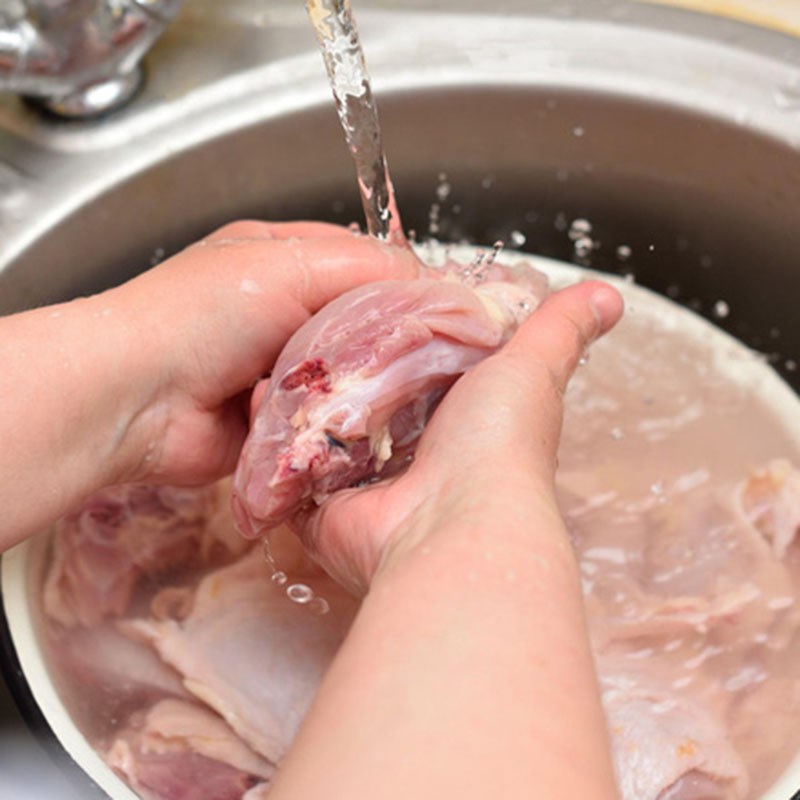
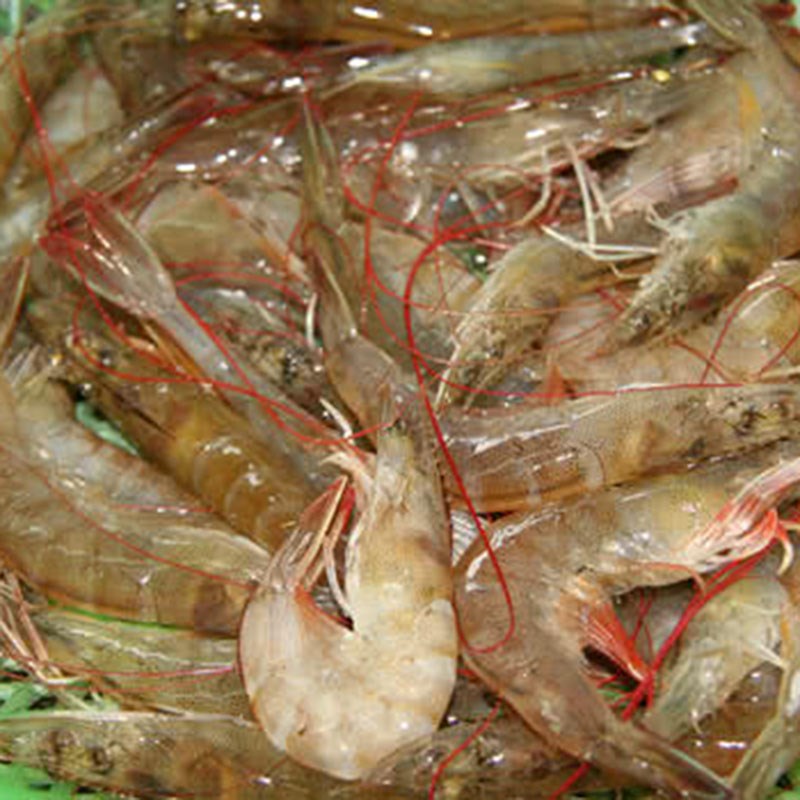
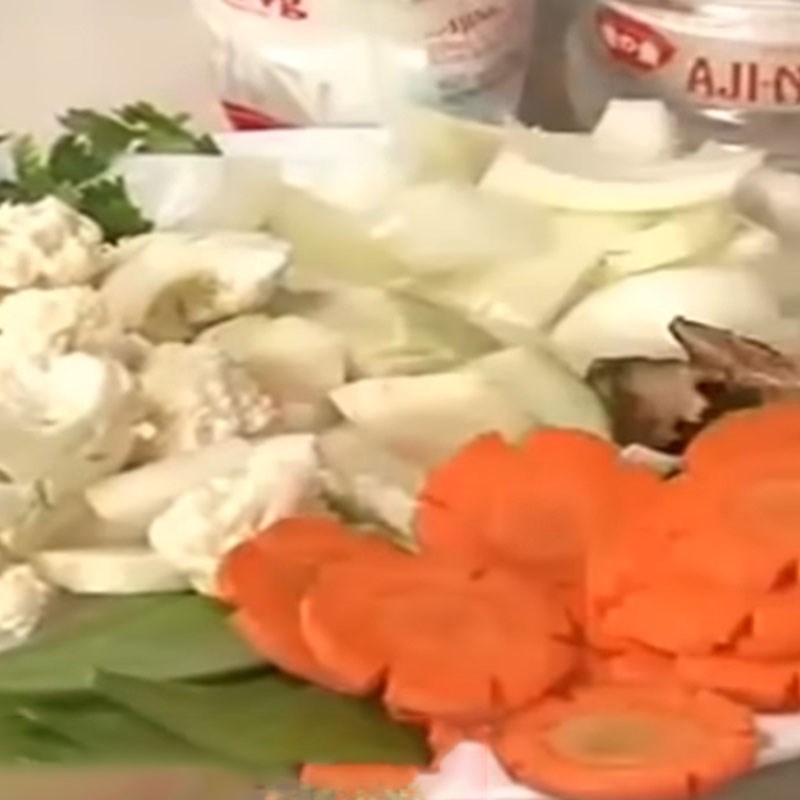
2: Boil the Shrimp and Chicken Bones
- Boil about 300ml of water with 1 tsp salt and 1 tsp seasoning powder.
- Add shrimp and parboil for 3–5 minutes until just cooked. Remove and place in cold water, then peel and discard heads.
- Blanch chicken bones briefly, then transfer to cold water.
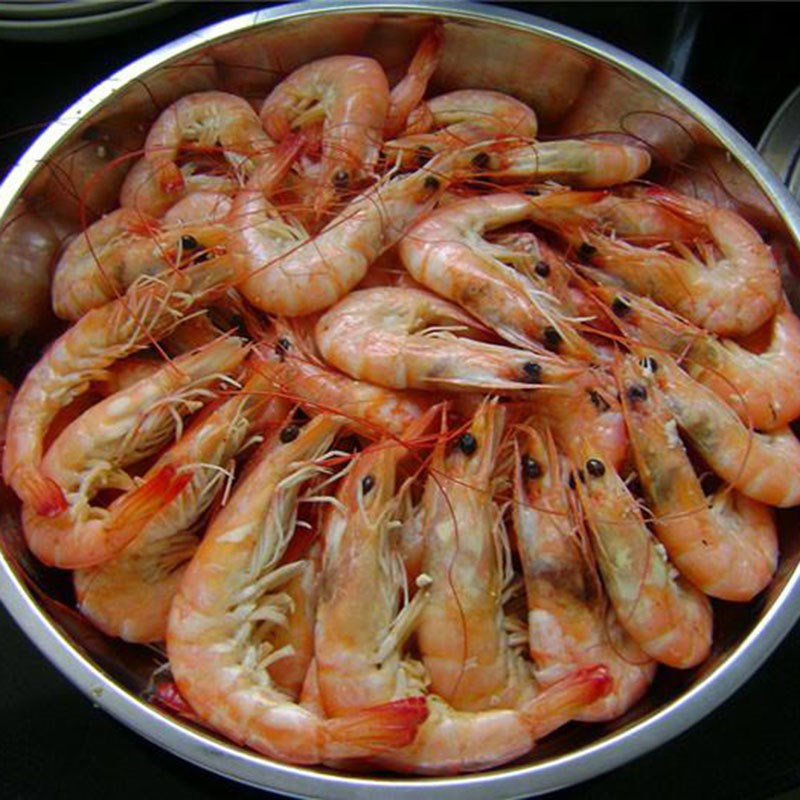
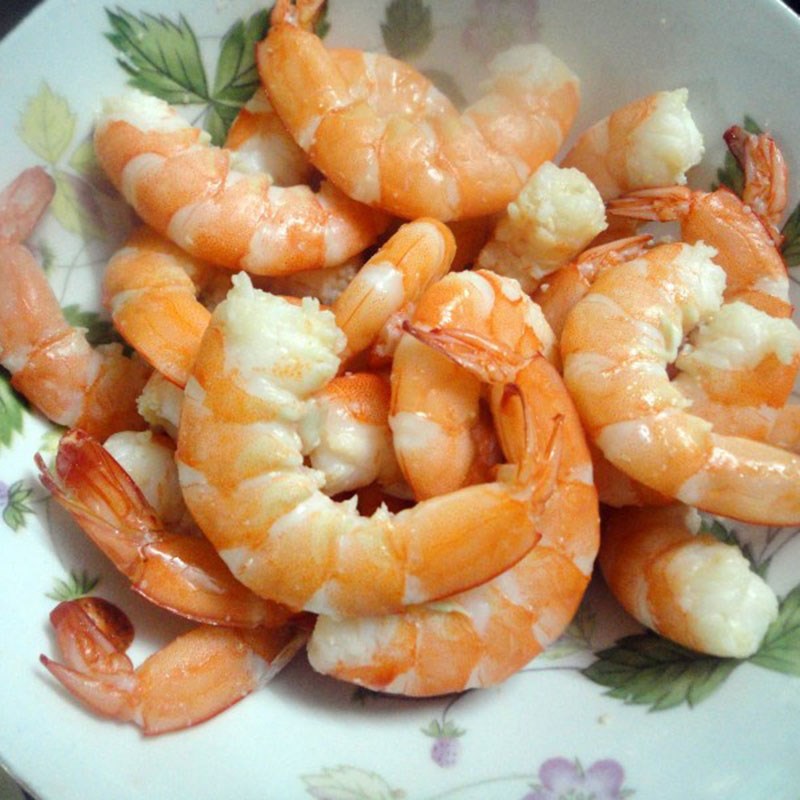
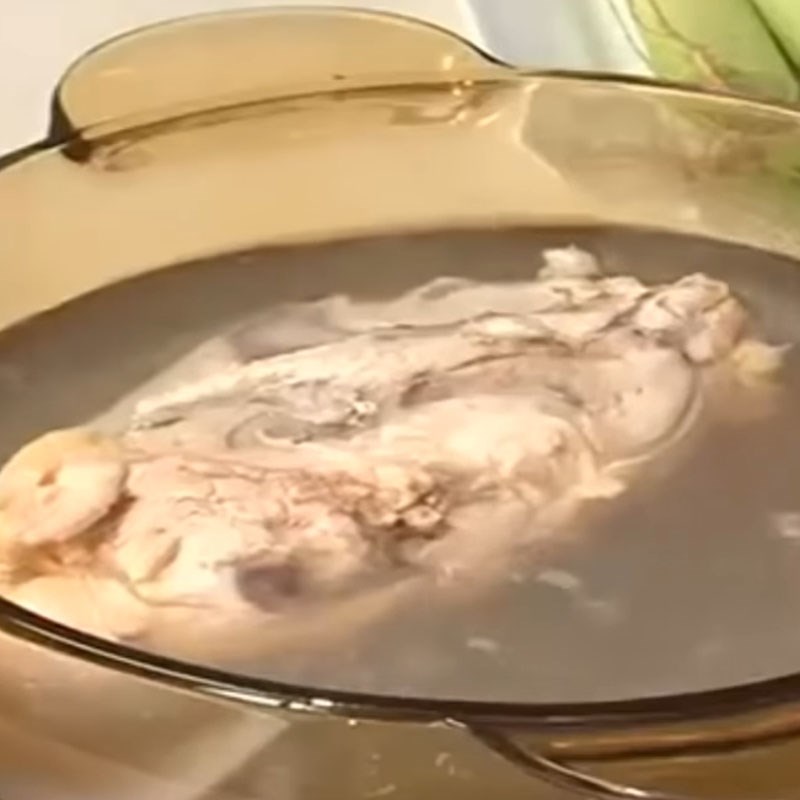
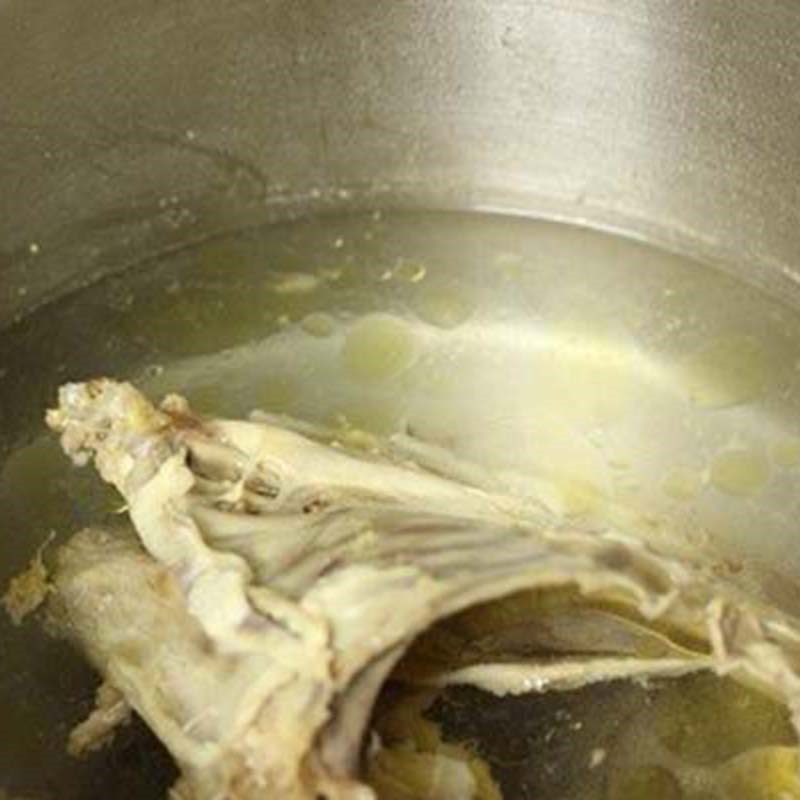
3. Make the Broth
- Add 500ml water to a pot with chicken bones, salt, seasoning powder, scallions, celery, coriander roots, grilled shallots, and dried shrimp. Simmer for 30 minutes over medium heat.
- Skim off foam to keep the broth clear.
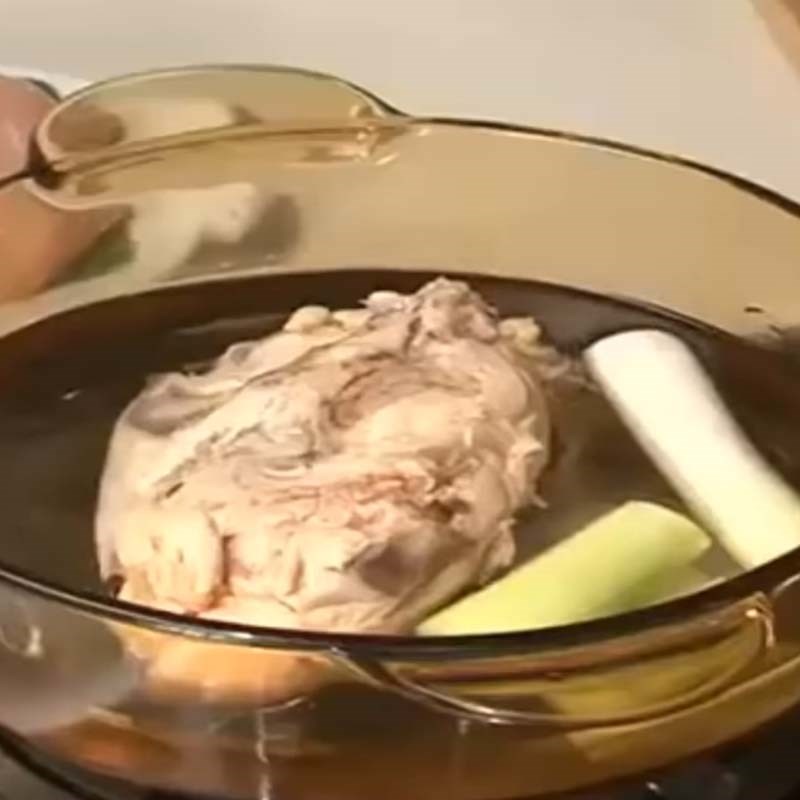
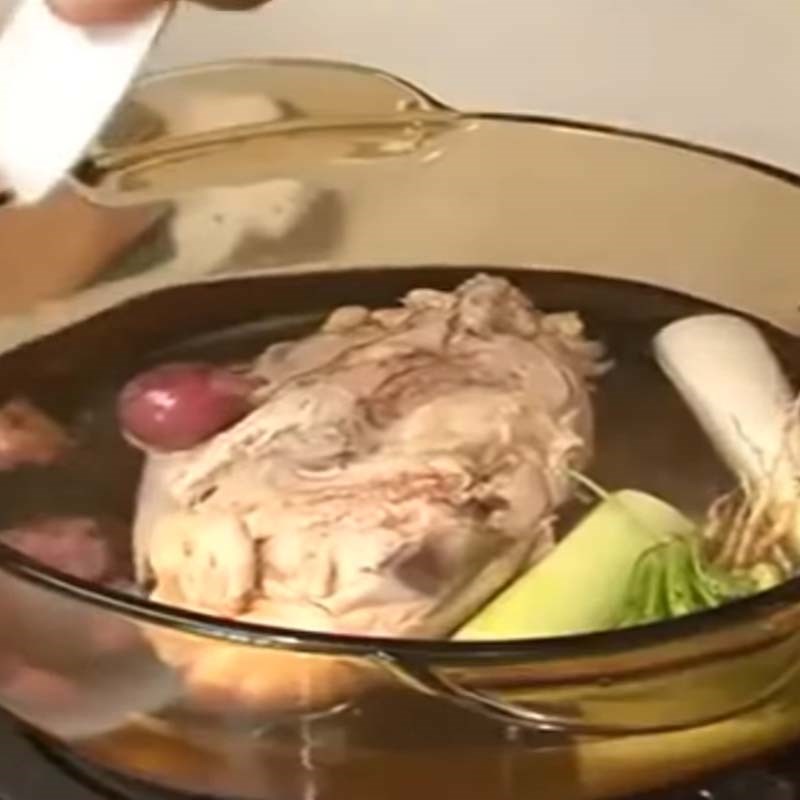
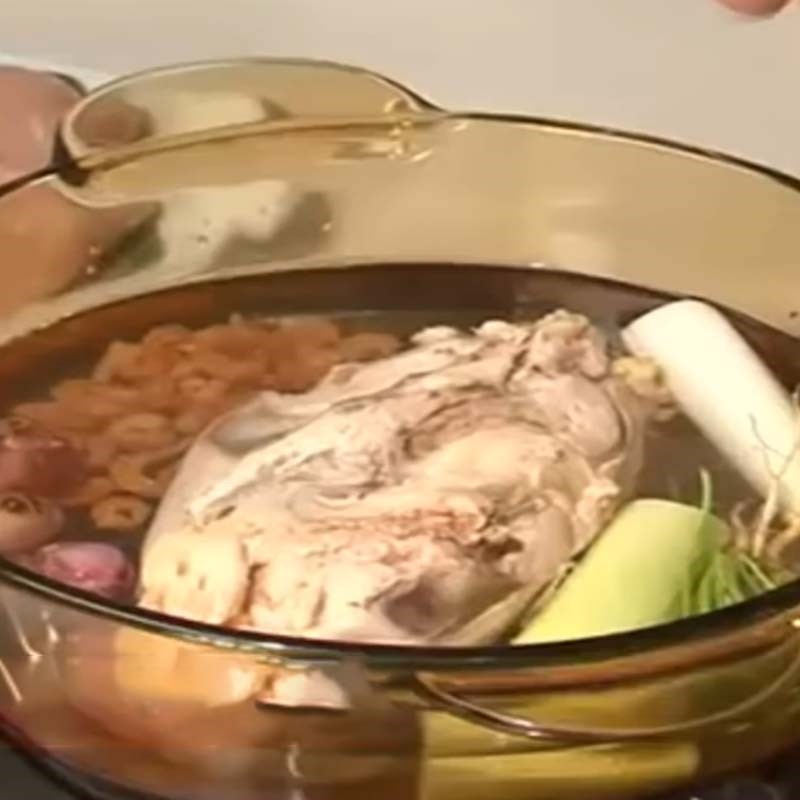
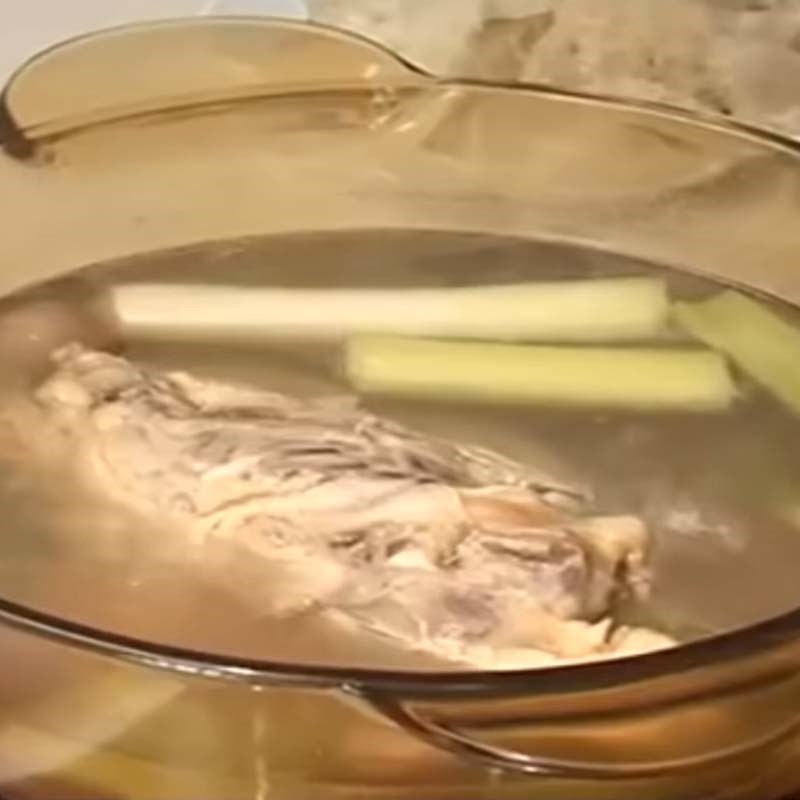
4: Boil the Chicken and Pork
After 5 minutes of simmering the broth, add chicken and pork. Boil for about 10 minutes until cooked through. Transfer to cold water.
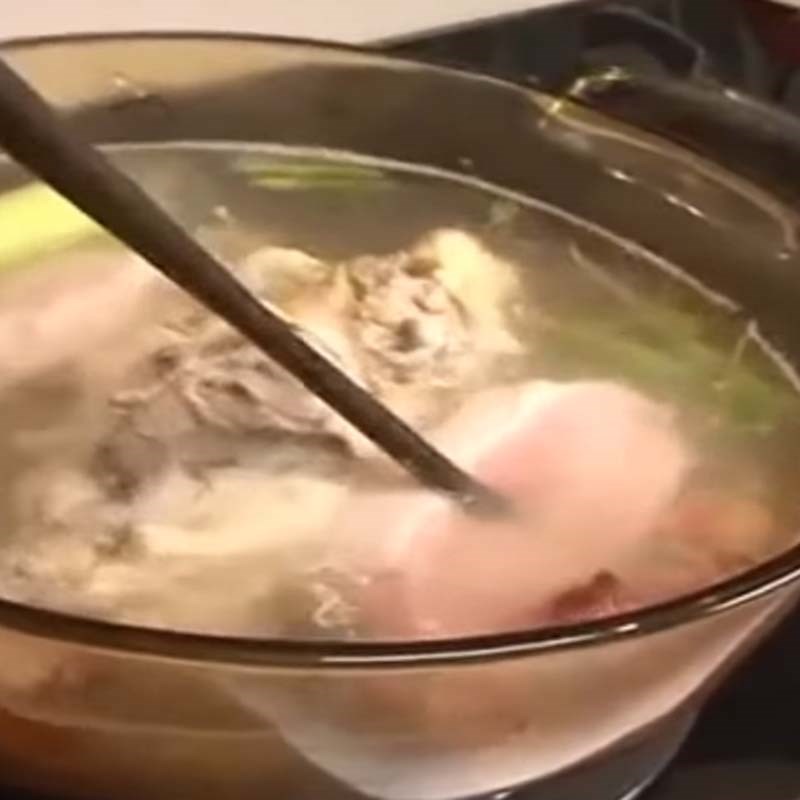
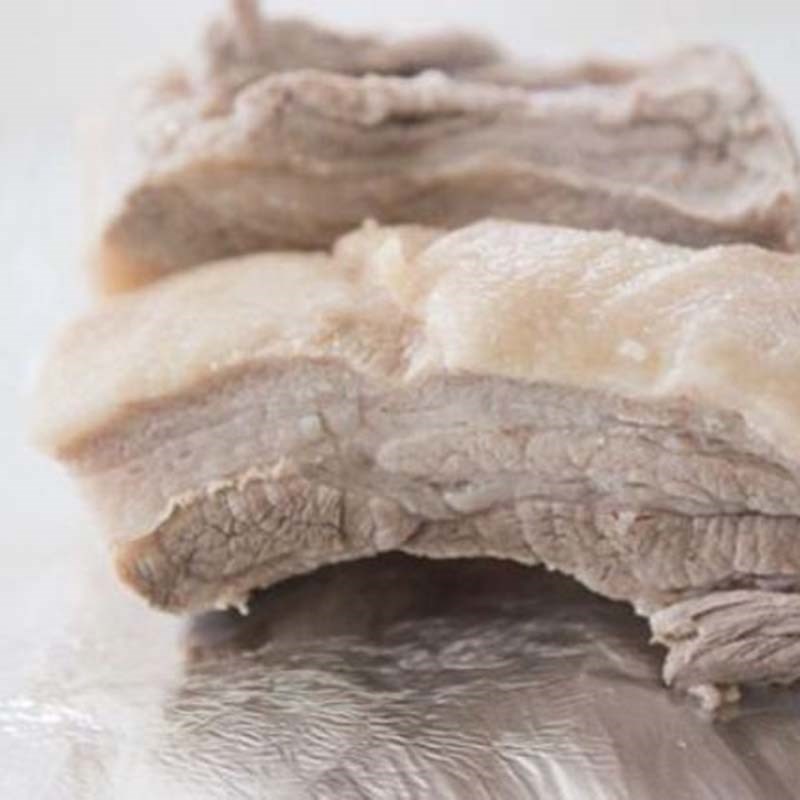

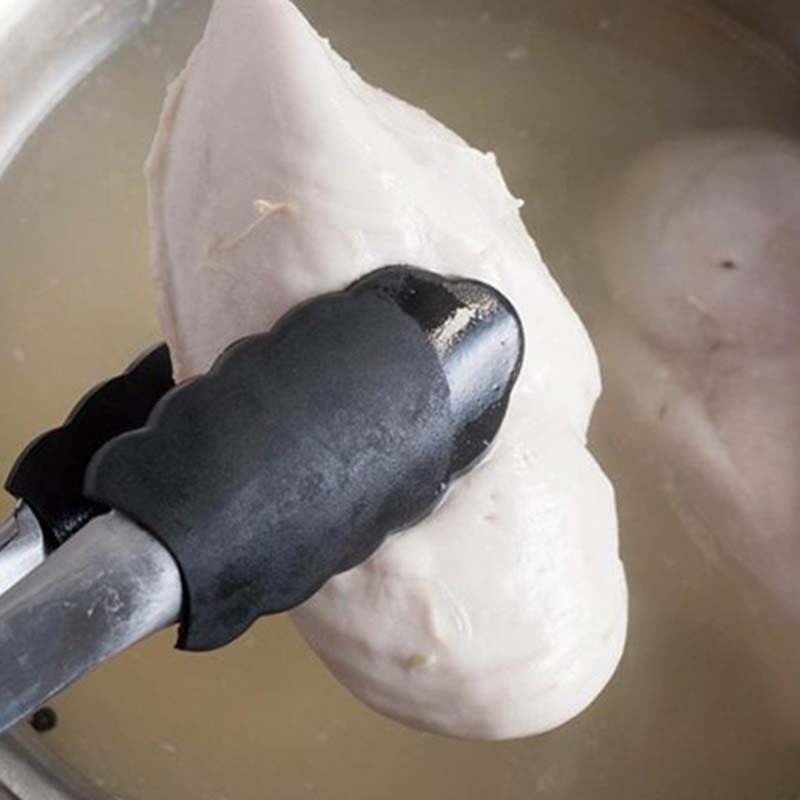
5. Slice and Shred the Meat
Once cooled, thinly slice the pork and shred the chicken.

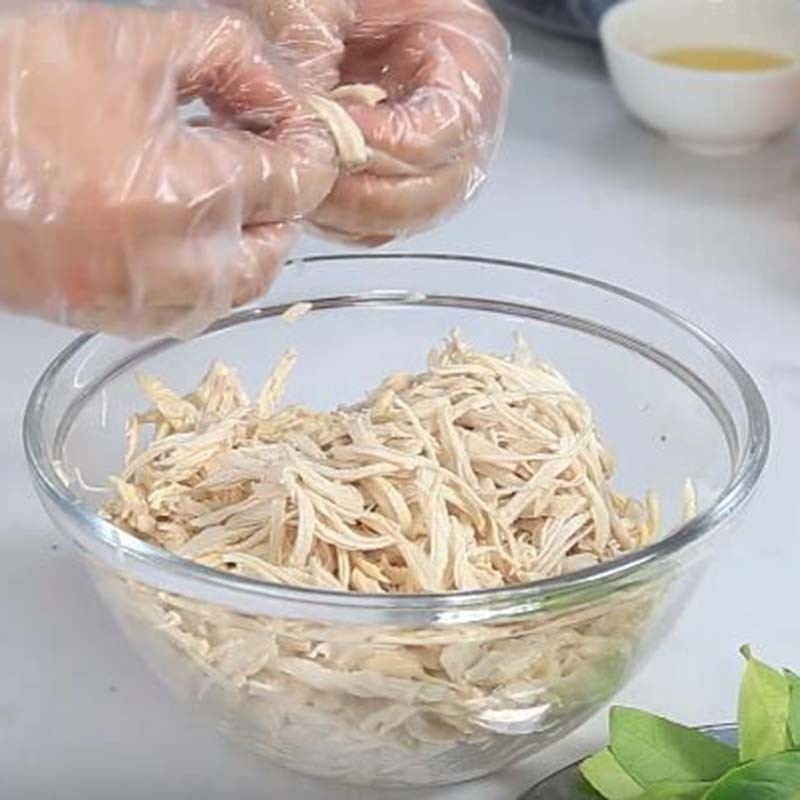
6. Cook the Pork Skin and Vegetables
- Strain the broth to remove solids, then return to the pot. Add pork skin, carrots, shiitake mushrooms, kohlrabi, and broccoli. Simmer over medium heat.
- When vegetables are tender, add snow peas and onion. Season with 1 tsp seasoning powder, ½ tsp salt, 1 tsp MSG, and 1 tbsp fish sauce. Simmer for 2 more minutes, adjust seasoning, then turn off heat.

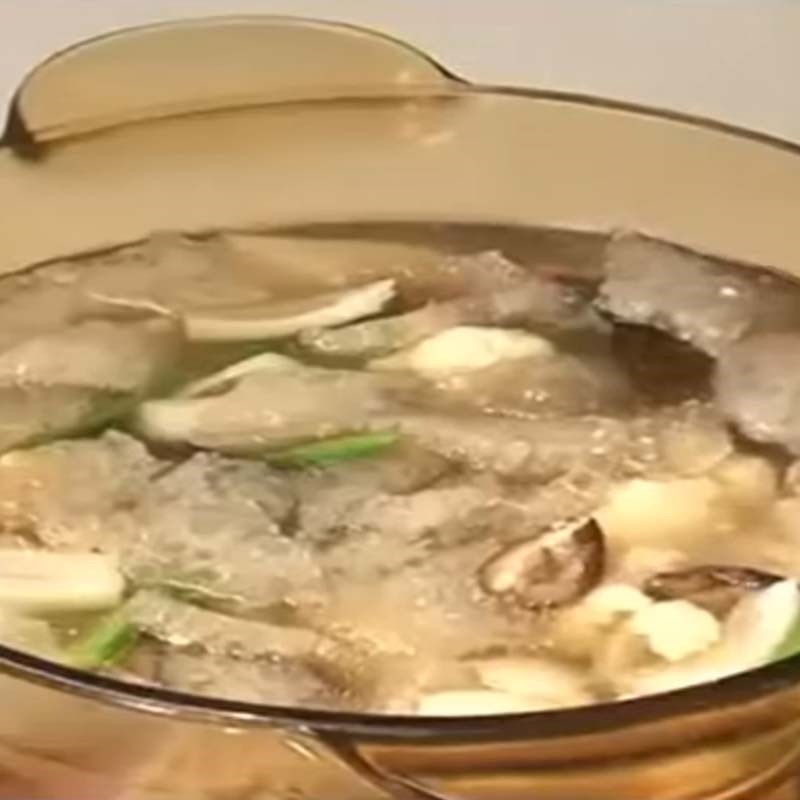
7. Marinate the Cooked Meat
Season the pork and chicken with 1 tsp seasoning powder. Sprinkle shrimp with ½ tsp ground pepper. Let them absorb the seasoning while the soup finishes.
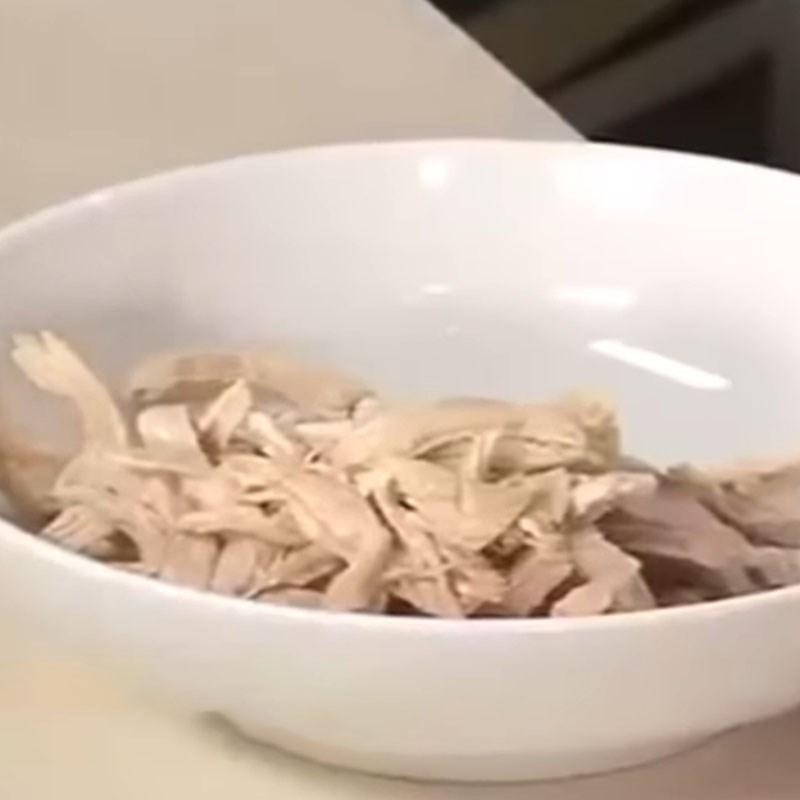
8. Assemble the Dish
Ladle the soup into bowls. Top with marinated pork, chicken, and shrimp. Garnish with coriander and a pinch of ground pepper for extra aroma.
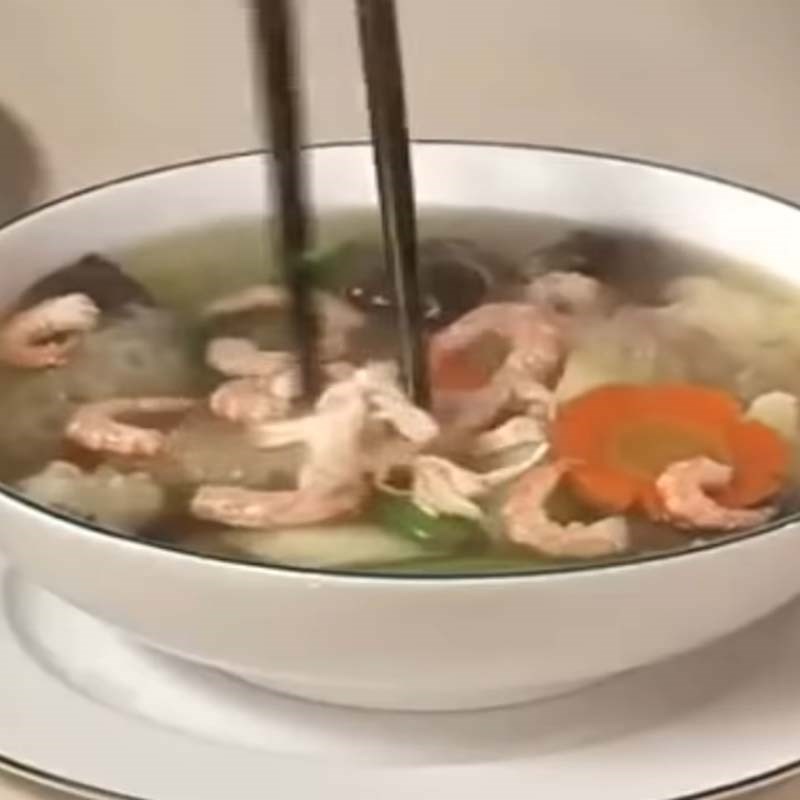
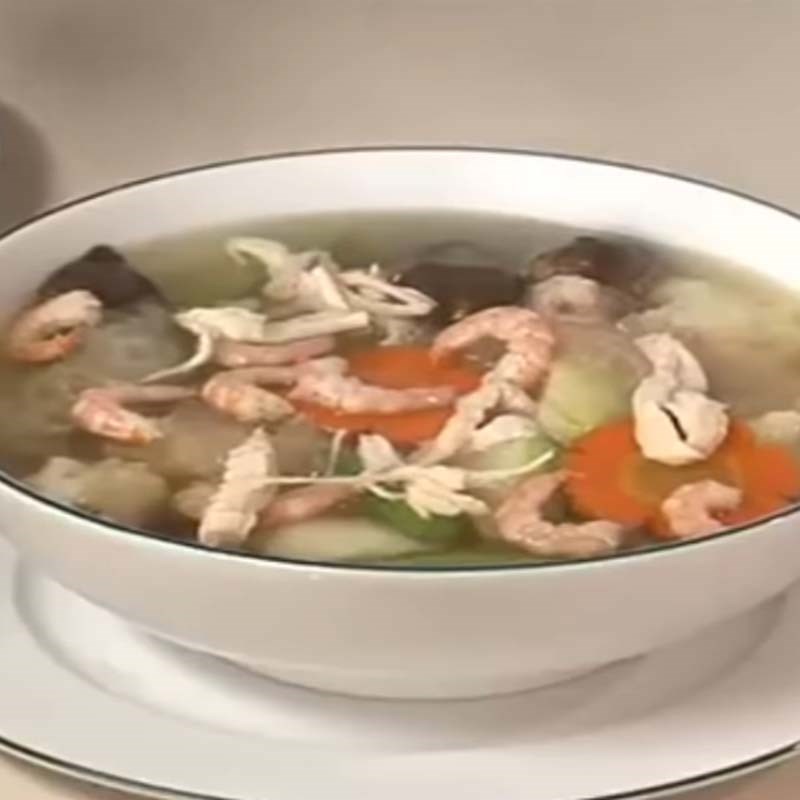
This colorful soup brings together greens, oranges, and whites from the vegetables. The clear broth is rich and naturally sweet, the pork skin is chewy yet tender, and the proteins are flavorful. Enjoy it hot with rice or vermicelli for a comforting, festive meal.
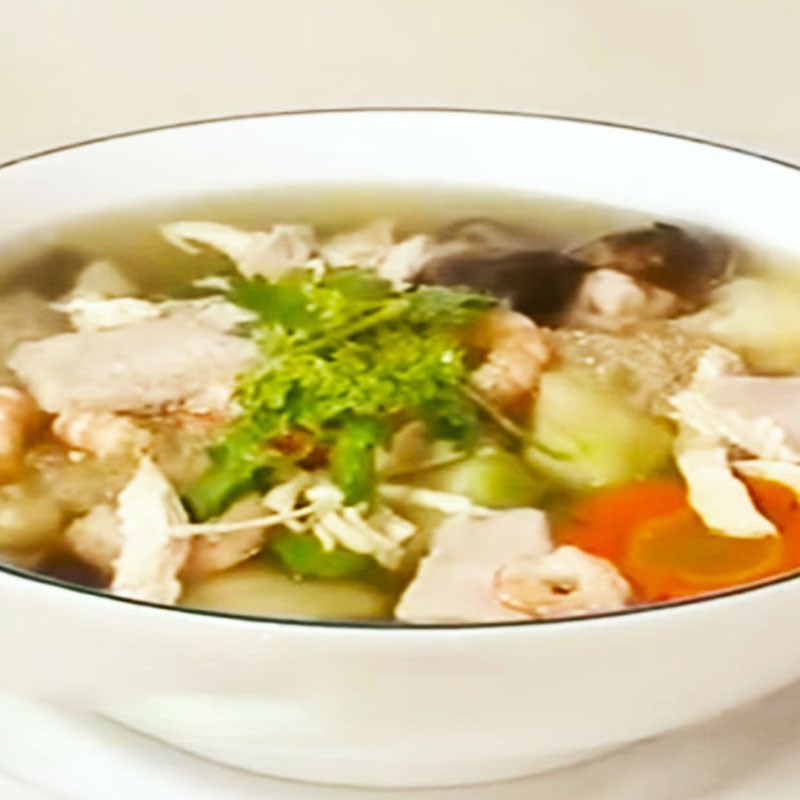
“Some dishes don’t just nourish the body—they carry the essence of generations.”
Mixed Pork Skin Soup (Canh bóng thập cẩm) is one such treasured dish in Vietnamese cuisine, especially cherished during the Tet holiday and family gatherings. It’s not just a soup—it’s a quiet celebration of abundance, harmony, and familial love.
The name “thập cẩm” means “assorted,” and true to its name, the soup brings together a colorful medley of ingredients: chewy rehydrated pork skin (bóng bì), tender chicken and pork, sweet shrimp, and a garden of vegetables like carrots, snow peas, kohlrabi, shiitake mushrooms, and cauliflower. All are simmered in a clear, fragrant broth, gently layered with umami from dried shrimp, grilled shallots, and fresh herbs.
Traditionally, this dish was reserved for special occasions—not because it’s difficult, but because it deserves to be shared. In northern Vietnamese households, canh bóng is often the centerpiece on Tet dining tables, symbolizing a prosperous new year with its golden colors, textures, and nutritional balance.
For many, the dish evokes memories of early mornings in bustling markets, where grandmothers carefully selected the best cuts of meat and freshest produce. It reminds them of laughter in crowded kitchens, of children sneaking bites of boiled shrimp before the soup was served. It’s the kind of food that speaks in a quiet voice: “You are home.”
Today, Canh bóng thập cẩm continues to be a bridge between generations, between modern and traditional life. Whether served in a small family kitchen or at a formal holiday feast, it brings with it the flavors of care, memory, and Vietnamese identity—all in one nourishing bowl.